Top Things to Know Before Buying an Indoor Plant Watering Can
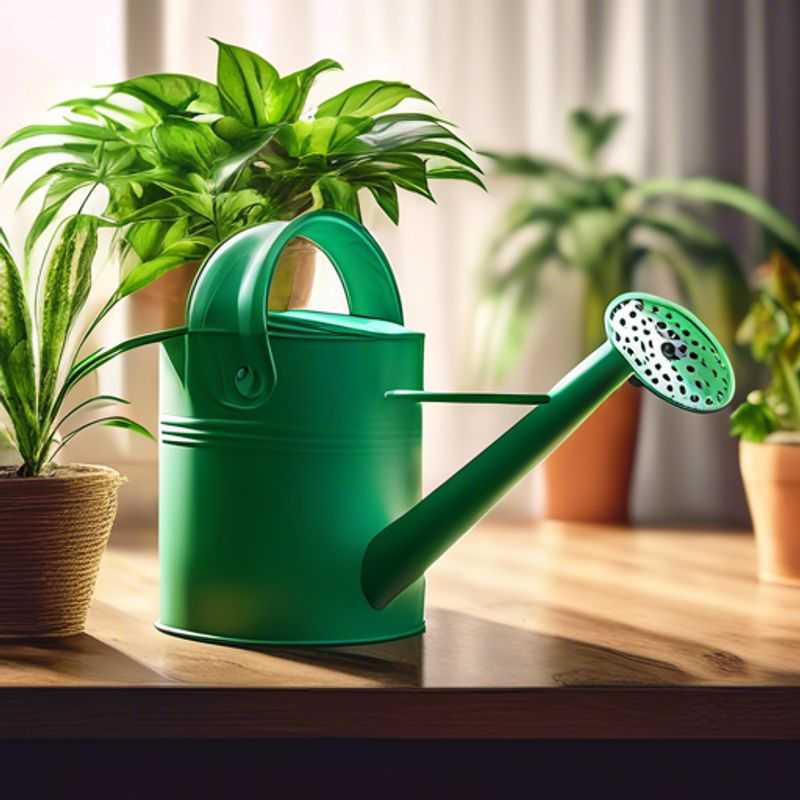
The Essential Guide to Choosing the Perfect Indoor Plant Watering Can
I've learned that the right watering can can make a world of difference for your indoor greenery.
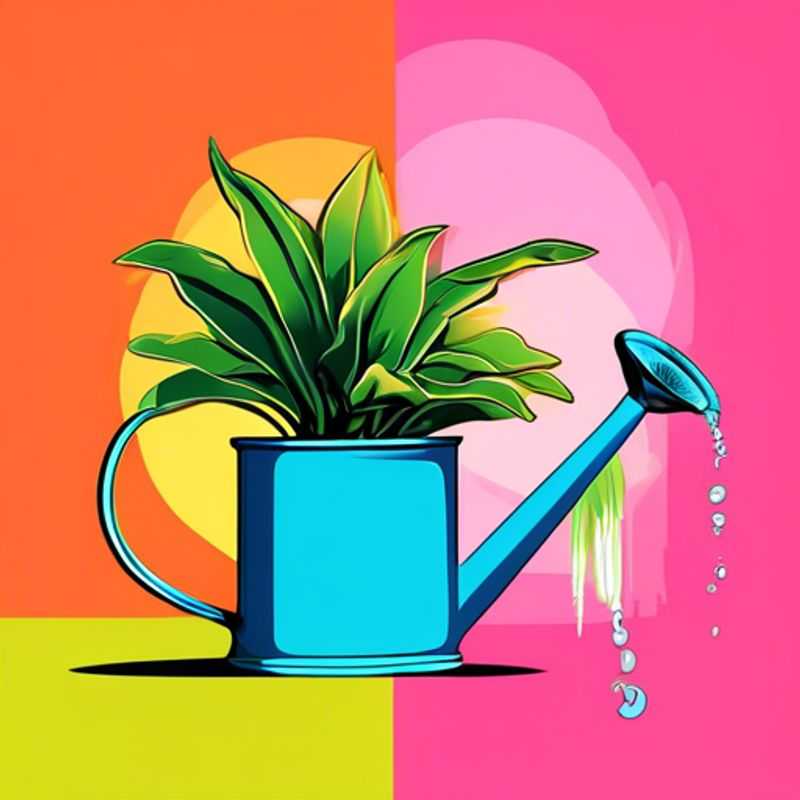
Watering Can Wisdom: Choosing the Right Size for Your Indoor Plants
Choosing the right watering can for your indoor plants is essential for their health and vitality. The size and capacity of the watering can should be carefully considered to match the needs of your plants. A smaller watering can is ideal for small potted plants, while a larger watering can is necessary for larger plants with a greater water requirement.
When selecting a watering can, it's crucial to consider the material. Plastic watering cans are lightweight and affordable, while metal watering cans are more durable and can withstand higher temperatures. Ceramic watering cans offer a stylish option, but they can be more fragile.
The spout of the watering can plays a significant role in delivering water effectively. A narrow spout is suitable for delicate plants, while a wider spout allows for faster watering of larger plants. Rose watering cans feature a perforated rose head, which helps to gently distribute water and prevent soil erosion.
The capacity of the watering can is equally important. A small watering can, with a capacity of 1-2 liters, is suitable for regular watering of small plants. For larger plants or those with a higher water requirement, a larger watering can with a capacity of 3-5 liters may be necessary.
Ultimately, the size and capacity of the watering can you choose will depend on your specific needs and the types of plants you own. By carefully considering these factors, you can ensure that your indoor plants receive the optimal amount of water for healthy growth and thrive in your home environment.
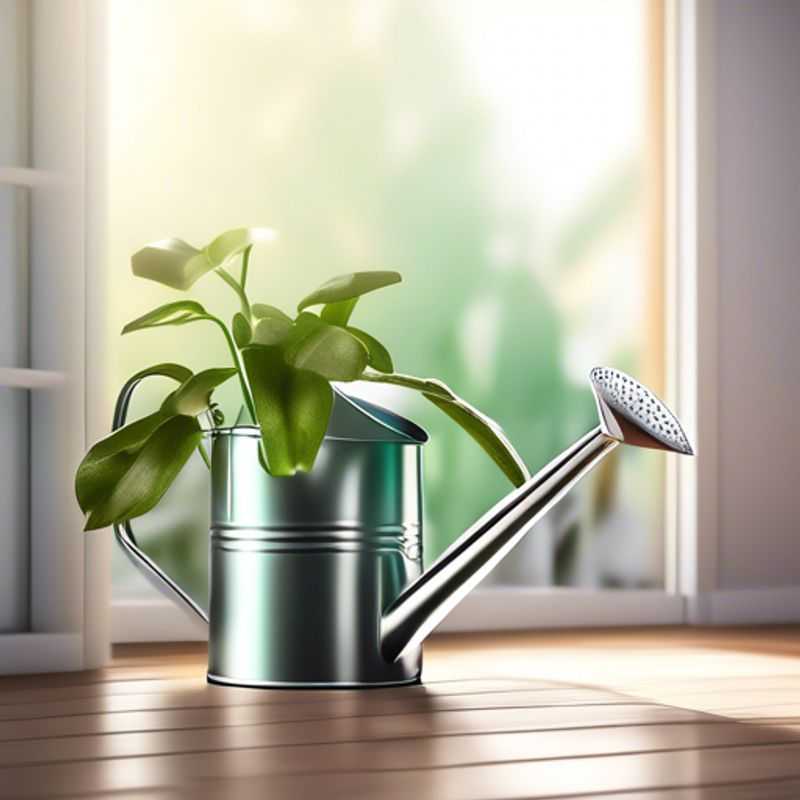
Watering Wisdom: Long Spouts for Easy Plant Access
Watering plants in hard-to-reach places can be a challenge. Long spouts on watering cans make it easier to reach plants in corners or on high shelves. This is especially useful for tall plants or plants placed in tight spaces. Some watering cans come with adjustable spouts, which can be bent to direct the water flow precisely. This allows you to water your plants effectively, without getting water on the surrounding areas. Look for watering cans with long spouts when purchasing new ones or look for a dedicated watering can with a long spout as a separate purchase. This will make your gardening tasks easier and more efficient.
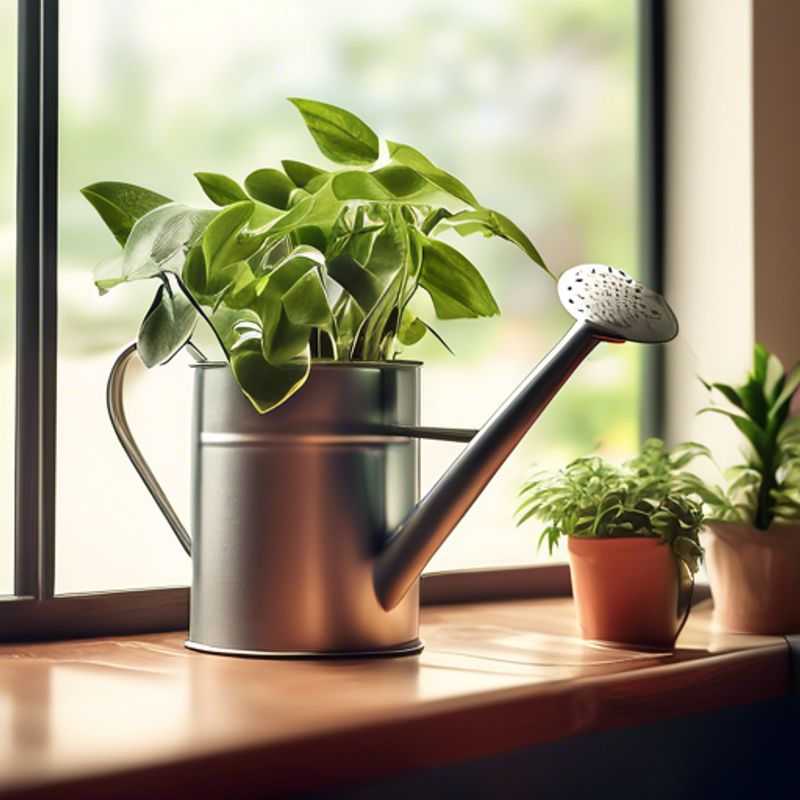
Choosing the Right Material: Metal vs. High-Quality Plastic
Choosing the right material for a product or project is crucial for its longevity and performance. When durability and rust resistance are paramount, metal and high-quality plastic are top contenders.
Metals, like stainless steel and aluminum, are known for their robust nature. They can withstand high temperatures, impacts, and abrasion. However, they are generally heavier than plastic and may require more elaborate fabrication processes. When selecting a metal, consider its specific properties, such as corrosion resistance, weight, and cost.
High-quality plastics, like polycarbonate and ABS, offer excellent strength and durability. They are also lightweight, corrosion-resistant, and can be molded into complex shapes. However, plastic can be susceptible to scratching and may not be suitable for extreme temperatures. Choosing a plastic with UV resistance is important for outdoor applications.
Ultimately, the best material choice depends on the specific application. Consider factors such as the product's intended use, environmental conditions, and budget. Researching and comparing different materials based on your needs will ensure you make an informed decision.
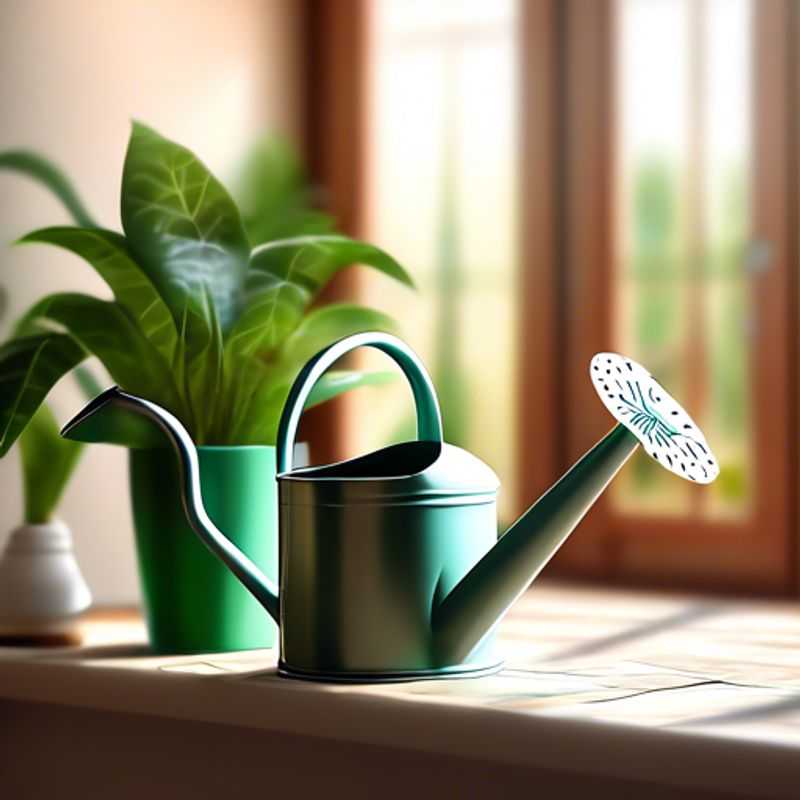
Watering Can Ergonomics: Comfort and Ease for Your Green Thumb
When choosing a watering can, prioritize comfort and ease of use. A comfortable grip is essential for preventing hand fatigue, especially during extended watering sessions. A lightweight design minimizes strain, making it easier to maneuver around your garden or plants. Consider the size and shape of the can for optimal pouring control. Look for a spout with a good flow rate that allows for precise watering without over-saturation.
The cost of a watering can can vary depending on its size, material, and features. A basic plastic watering can can be purchased for a few dollars, while a high-end, durable metal can might cost upwards of $50. Consider your budget and the frequency of use when making your decision.
Beyond the initial cost, factor in potential maintenance. Metal watering cans may require occasional cleaning and rust prevention, while plastic cans might need to be replaced after several years due to wear and tear. Make sure the watering can is durable enough to withstand the elements and your watering needs.
Ultimately, the best watering can for you will depend on your specific preferences and gardening needs.
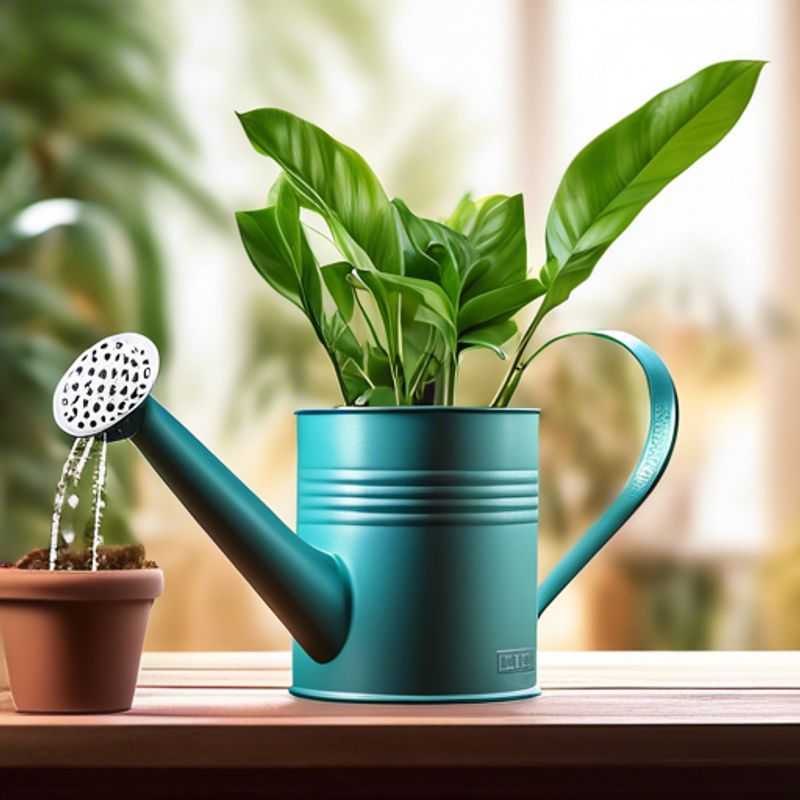
Removable Rose Heads: A Key Feature for Precise Watering Control
When working with a watering can, especially one designed for delicate plants or specific watering needs, checking for a removable rose head is crucial. This feature allows for fine-tuning the water flow and ensuring targeted watering.
A removable rose head is a detachable nozzle that usually sits at the end of the watering can's spout. It's typically made of plastic or metal and features small holes that control the water's dispersal.
Here's why a removable rose head is beneficial:
Control over Water Flow: A removable rose head enables you to choose from various watering patterns. Some rose heads offer gentle showers, while others deliver a more focused stream for direct watering of roots. The ability to adjust water flow is particularly valuable for seedlings and delicate plants.
Easy Cleaning: Removable rose heads are easily detached from the watering can, making cleaning simple. This prevents clogging, ensuring a steady water flow. Cleaning the rose head regularly will extend its lifespan and prevent mineral buildup.
Customization: Depending on your watering needs, you can purchase different rose heads with varying hole sizes and spray patterns. These can be used for specific tasks like gentle misting or directed watering.
If you're looking to purchase a new watering can, consider those with removable rose heads. They offer flexibility, control, and ease of maintenance. When choosing a rose head, ensure it's compatible with your watering can and meets your specific watering needs.
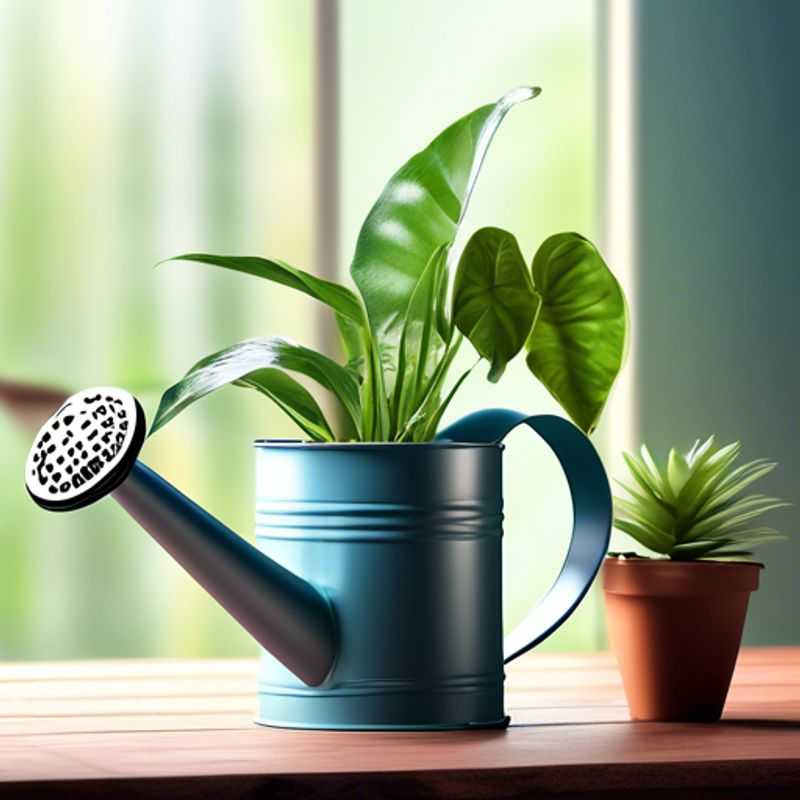
Measure Up: Why a Marked Water Can is Your Hydration Hero
When it comes to staying hydrated, accurately tracking your water intake is crucial. Opting for a can with measurement markings provides a simple and effective way to monitor your fluid consumption. These markings act as visual cues, allowing you to easily assess how much water you've consumed throughout the day. This approach eliminates the need for constant calculations and ensures you stay on top of your hydration goals.
Consider a can with clear, easy-to-read markings for optimal tracking. Look for markings in milliliters or ounces, depending on your preference. The availability of various sizes allows you to choose a can that aligns with your daily water intake target. For instance, a larger can might be ideal for individuals with high water requirements, while a smaller can may suffice for those with moderate needs.
By employing a can with measurement markings, you gain a visual representation of your water intake. This visual feedback can motivate you to drink more, particularly if you notice you're falling behind on your hydration goals. The convenience of having a marked container readily available can encourage you to consistently sip water throughout the day. This simple yet effective method empowers you to stay hydrated without relying on complicated tracking methods.
While choosing a can with measurement markings is a readily available and affordable option, it's important to acknowledge that alternative tracking methods exist. These options may include using a water bottle with measurement markings, employing a dedicated hydration app, or simply keeping a log of your water intake. The most effective method ultimately depends on your individual preferences and lifestyle.
Staying hydrated is essential for overall health and well-being. Whether you choose a can with measurement markings or another tracking approach, maintaining a consistent water intake is crucial. By monitoring your fluid consumption, you can optimize your body's functions and support your overall health.
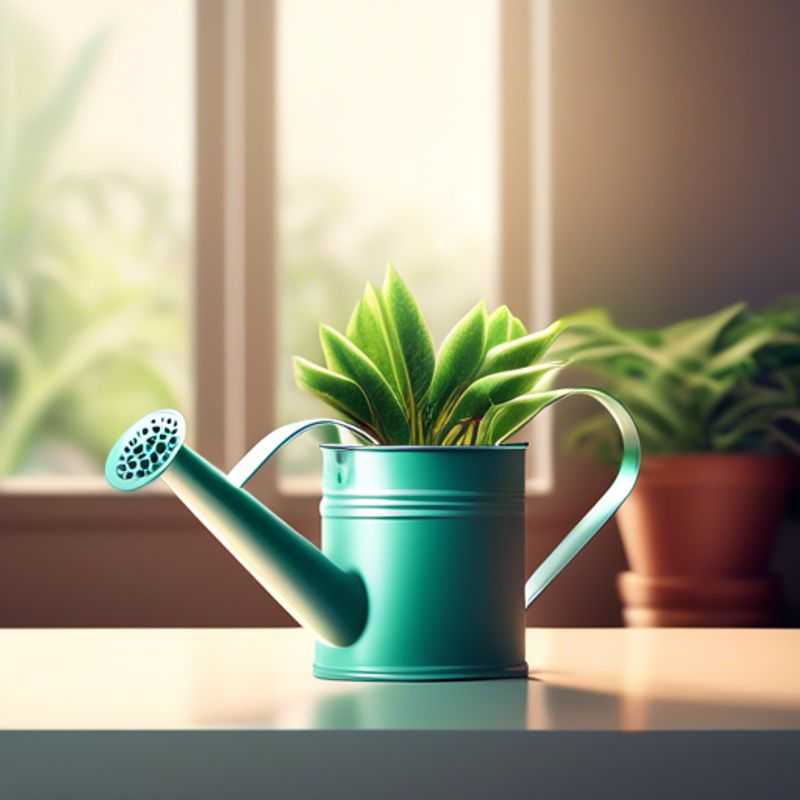
Choosing the Perfect Design for Your Indoor Plant Display
Choosing the right design for your indoor plant display is crucial for creating a harmonious and visually appealing space. Consider the overall aesthetic of your home or office, and select a design that complements it.
A modern minimalist approach might involve sleek planters in geometric shapes and a limited number of plants with simple foliage. A bohemian style could embrace eclectic planters, hanging macrame, and a mix of textures and colors.
Don't forget to factor in the size and shape of your space. If you have limited floor space, consider vertical gardens or wall-mounted planters. Play with height and layers to create visual interest and depth.
The use of color can be a powerful tool in creating a desired mood. Warm colors like reds and oranges can create a sense of energy, while cool colors like blues and greens can promote relaxation.
Consider the type of plants you are displaying. Some plants require more light than others, and some may have specific watering needs. Choose a design that accommodates these requirements and ensures the health of your plants.
Finally, personalize your display with elements that reflect your own style and taste. This could be anything from adding unique accessories to incorporating artwork or sculptures. A well-designed indoor plant display can transform your space and bring a touch of nature indoors.
